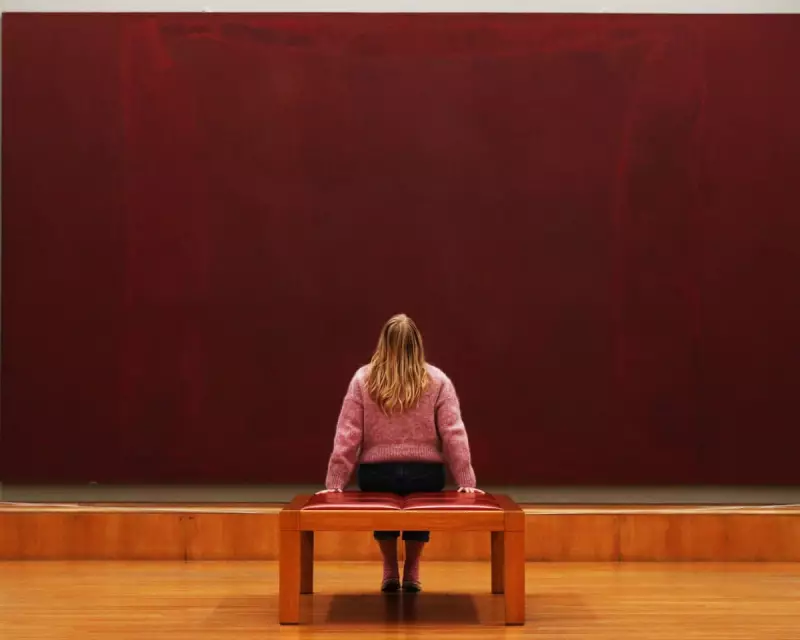
Could your next dose of stress relief be found not in a pharmacy, but in an art gallery? Groundbreaking research suggests that immersing yourself in cultural spaces might be one of the most effective ways to combat modern anxiety.
A comprehensive study examining the physiological and psychological effects of gallery visits has revealed remarkable results. Participants who spent just 45 minutes exploring art exhibitions showed significant reductions in cortisol levels—the primary hormone associated with stress.
The Science Behind the Serenity
Researchers monitored volunteers across multiple gallery settings, measuring biological markers before and after their cultural experiences. The findings were striking: average cortisol levels dropped by nearly 32% following gallery visits, with many participants reporting feeling 'noticeably calmer' and 'mentally refreshed'.
Dr Eleanor Vance, lead researcher on the project, explains: 'What we're seeing isn't just subjective feeling—it's measurable, biological change. The combination of aesthetic stimulation, quiet contemplation, and physical movement creates an ideal environment for stress reduction.'
More Than Just a Pleasant Distraction
The benefits extend beyond temporary mood elevation. Regular gallery visitors in the study reported:
- Improved sleep quality
- Enhanced ability to manage daily stressors
- Greater overall life satisfaction
- Increased social connection
Unlike passive entertainment, engaging with art actively stimulates cognitive processes while simultaneously allowing the mind to enter a state of focused relaxation.
Accessible Mental Health Support
With mental health services under increasing pressure, cultural institutions are emerging as unexpected allies in public wellbeing. Many galleries now offer specific programmes targeting stress reduction, from mindfulness tours to therapeutic art viewing sessions.
'We're seeing a fundamental shift in how we value cultural spaces,' notes cultural psychologist Professor Michael Chen. 'They're no longer just repositories of art—they're becoming essential community resources for mental health maintenance.'
As the evidence mounts, healthcare professionals are beginning to consider 'cultural prescriptions' as part of holistic treatment plans. The message is clear: next time you're feeling overwhelmed, the solution might be hanging on a gallery wall.





